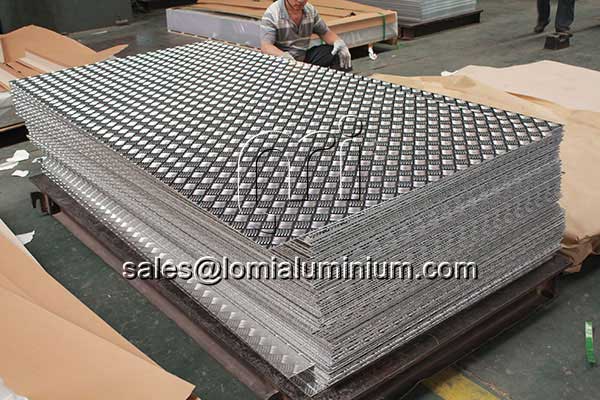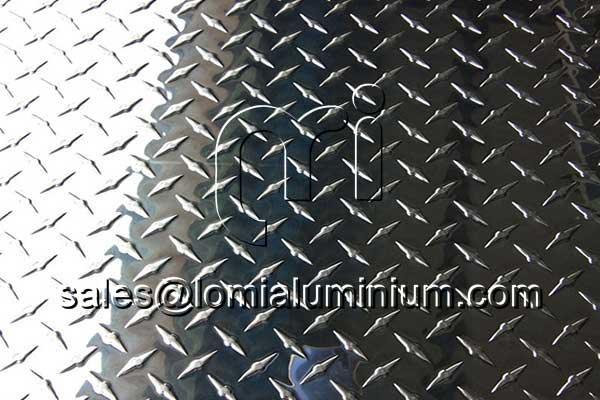Aluminum pattern plates are widely used in various industrial applications, such as flooring, cladding, and construction, among others. It is crucial to ensure that the plate you purchase is of good quality, to ensure its durability, performance, and longevity. Here are some guidelines to help you judge the quality of aluminum pattern plates:
- Surface Finish: The surface of a good quality aluminum pattern plate should have a smooth finish without any defects or scratches. It should also be uniform in color, with no noticeable variations in hue or tone. A uniform surface finish ensures that the plate looks aesthetically pleasing and also prevents the accumulation of dirt and grime, which can cause corrosion and other forms of damage over time.
- Pattern Definition: One of the key features of an aluminum pattern plate is its pattern, which can range from simple designs to intricate and complex geometries. The pattern should be well-defined and sharp, without any blurring or deformation. Any defects in the pattern, such as cracks or tears, can weaken the plate and reduce its overall performance.
- Plate Thickness: The thickness of an aluminum pattern plate should be consistent throughout, and meet the industry standards specified by the manufacturer. An inconsistent thickness can result in uneven stress distribution, leading to warping, bending, and other forms of damage over time.

- Alloy Grade: The quality of the aluminum used in the plate is critical to its durability and performance. High-quality alloys, such as 3003 or 5052, provide excellent resistance to corrosion, making the plate ideal for outdoor applications. Lower-quality alloys, on the other hand, are more susceptible to corrosion, which can reduce the plate’s lifespan and overall performance.
- Dimensional Accuracy: The dimensional accuracy of an aluminum pattern plate is critical to its performance, especially in applications where precise measurements are required. Any deviations from the specified dimensions can result in improper fit and decreased performance.
- Straightness and Flatness: A good quality aluminum pattern plate should be straight and flat, without any warping or bending. Any deviations from straightness and flatness can cause problems during installation, and may also result in increased stress on the plate, leading to damage over time.
- Surface Protection: The surface of an aluminum pattern plate should be treated with an appropriate surface protection, such as anodizing or powder coating, to prevent corrosion, scratches, and other forms of damage. The type of surface protection used will depend on the specific application and environment in which the plate will be used.
- Testing: Physical and mechanical testing, such as hardness and tensile tests, can help determine the quality and durability of an aluminum pattern plate. These tests simulate the conditions the plate will face in real-life applications, providing valuable information about its strength and performance.

In conclusion, by considering these factors when purchasing aluminum pattern plates, you can ensure that you are getting a high-quality product that will perform well and last for a long time. By investing in a good quality aluminum pattern plate, you can save money in the long run by reducing the need for repairs and replacements.
